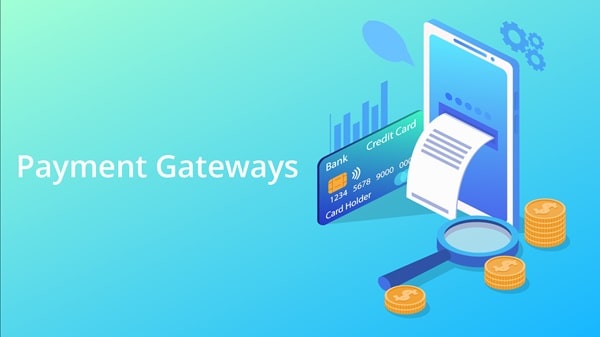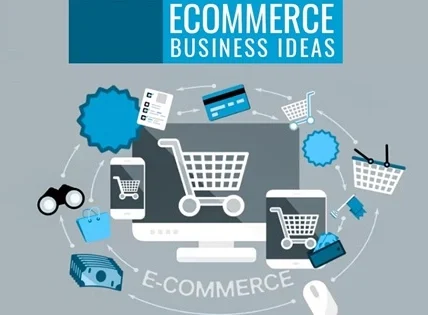Integrating a payment gateway is not just technical work but an important step towards improving customer trust and operational efficiency. Whether you are operating an e-commerce startup or a seasoned digital retailer, smooth payment processing forms the foundation of customer satisfaction and retention.
This blog delves into the strategies and considerations for successful payment gateway integration. It provides insights that will streamline your integration process and elevate your business’s capability to handle transactions securely and efficiently.
Things to Consider for Successful Payment Gateway Integration

It is really important to consider a few things that can eventually help your business integrate the payment gateway successfully. Some of those things are:
1. Understanding Business Needs
Before selecting and integrating a payment gateway, it’s important to understand your business requirements. Consider the following factors:
- Transaction Volume: Evaluate the number of transactions you expect to process daily. This helps in choosing a gateway that can handle your transaction load without issues.
- Customer Base: Identify your customers’ geographical locations to ensure the gateway supports international payments if necessary.
- Payment Methods: Check which payment methods your customers prefer, like
A complete understanding of these aspects will help you select a payment gateway that matches your business needs.
2. Prioritise Security
Security is significant in payment gateway integration. Customers trust businesses with their sensitive financial information, and therefore, any breach can lead to severe repercussions. To protect this data, consider the following:
- PCI DSS Compliance: Make sure that the payment gateway complies with the PCI DSS or Payment Card Industry Data Security Standard, which requires the secure handling and storage of card information.
- Data Encryption: Incorporate end-to-end encryption to safeguard data during transmission.
- Fraud Detection Tools: Utilise tools provided by the payment gateway for identifying and preventing fraudulent transactions.
3. Focus on User Experience
A positive user experience is crucial to lowering cart abandonment and increasing conversion rates. Here are some tips to improve the payment experience for your customers:
- Simple and Intuitive Interface: The payment process should be convenient to navigate.
- Multiple Payment Options: Provides a variety of payment methods to cater to different customer preferences.
- Guest Checkout: Allow customers to make payments without creating an account to streamline the process.
By prioritising user experience, you can eventually create a smooth and reliable payment process for your customers.
4. Monitor and Analyse Transactions
Once the payment gateway is made, make sure to monitor and analyse transactions. This ongoing process includes:
- Performance Monitoring: Track metrics like transaction success rates, processing times, and error rates.
- Customer Feedback: Feedback collection from customers to identify any pain points in the payment process.
- Regular Audits: Perform regular audits to ensure compliance with security standards and recognise potential vulnerabilities.
By actively monitoring transactions, you can address any issues quickly and continuously improve the payment experience.
5. Provide Customer Support
Even with a smooth payment gateway integration, customers may need help with issues or might have questions about the payment process. Offering excellent customer support is important to address these concerns. You can try this:
- 24/7 Support: Provide real time support to assist customers in different time zones.
- Multiple Channels: Offer various support channels, like live chat, email, and phone, for different preferences.
- Knowledge Base: Develop a comprehensive knowledge base with FAQs or troubleshooting guides to help customers resolve common issues independently.
Effective customer support improves trust and loyalty, contributing to the overall success of your online business.
6. Stay Updated with Industry Trends
Your payment gateway remains compliant and competitive if you are aware of the latest trends and updates. This can include:
- Regularly Reviewing Regulations: Stay current with changes in payment processing regulations, such as the General Data Protection Regulation (GDPR) and Strong Customer Authentication (SCA).
- Adopting New Technologies: Consider incorporating new technologies, such as biometric authentication or blockchain, to improve security and efficiency.
- Networking with Industry Experts: Participate in industry conferences or webinars to learn directly from experts and stay ahead of the curve.
By staying updated, you can constantly improve your payment gateway integration and provide your customers with the best possible experience.
Navigating Payment Gateway Integration: Expert Advice
By understanding your business’ needs, ensuring platform compatibility, prioritising security, monitoring transactions, providing excellent customer support, and staying updated with industry trends, you can achieve a strong and effective payment gateway integration. Implementing these essential tips will ultimately help you form customer trust, increase conversion rates, and drive the growth of your online business.
If you are looking to streamline your payment processes, Plural by Pine Labs offers a comprehensive solution with advanced security measures and user-friendly features tailored to diverse business needs. It provides options like Brand EMI, an Affordability Suite, developer-friendly APIs, third-party validation (TPV), late authorisation, and over a hundred payment methods.
Their gateway is simple to integrate and quick to set up, making it easy to scale alongside your growing business. Visit their website to learn more.














